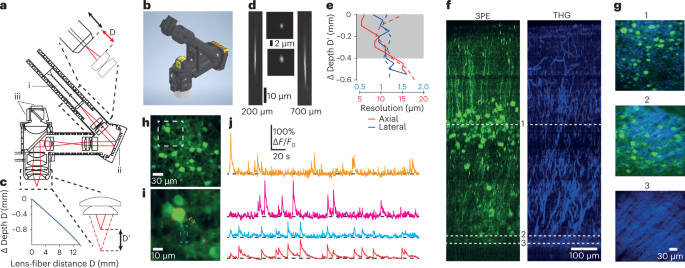恐怖心を克服する古くからの手法が、Covid-19に対する恐怖心や不安を取り除く可能性があることが、スウォンジー大学の新しい研究により明らかになりました。 An old technique of overcoming fears may have potential for ridding people of their fears and anxieties about Covid-19, a new Swansea University study has revealed.
2022-12-05 スウォンジー大学
研究者らは、2021年に英国で行われたコビッド19の封鎖期間の1つに、すべてオンラインで行った研究で、この昔からある手法によって、人々のコビッド19に対する恐怖心を克服し、コビッドに関連する状況への回避を軽減できるかどうかを調べた。
そのために研究チームは、2021年3月から5月にかけて、当時、家庭内混合禁止、旅行禁止、懇親会の制限、社会的距離の強制といった国家的なCovid-19制限を受けていた123人を英国全土から集めた。次に、マスクをつけている人が危険であるというイメージを、不快な大きな叫び声と対にすることで定着させた。
次に、この学習された恐怖を打ち消すために、手をつなぐ、抱き合う、キスする、休日の島で一緒に座る、室内で大勢で祝うなど、現在人々が禁じられている活動のイメージを提示した。そして、このカウンターコンディショニングを受けたグループは、カウンターコンディショニングを受けなかったグループに比べて、脅威を感じにくく、回避行動も少なかったかどうかを検証した。結果は明らかで、カウンターコンディショニングを受けたグループは、カウンターコンディショニングを受けていないグループに比べて、脅威に対する期待感が薄れ、回避行動が減少したのである。
<関連情報>
- https://www.swansea.ac.uk/press-office/news-events/news/2022/12/old-technique-has-new-way-of-overcoming-covid-19-fear-and-avoidance.php
- https://www.sciencedirect.com/science/article/pii/S0005791622000799
ロックダウン中のCOVID-19関連刺激によるオンライン反条件付け:脅威予期,恐怖,持続的回避に対する影響 Online counterconditioning with COVID-19-relevant stimuli in lockdown: Impact on threat expectancy, fear, and persistent avoidance
Gemma Cameron,Martyn Quigley,Daniel V.Zuj
Journal of Behavior Therapy and Experimental Psychiatry Available online: 23 November 2022
DOI:https://doi.org/10.1016/j.jbtep.2022.101801

Highlights
- •We investigated impact of counterconditioning relative to standard extinction.
- •Online fear-conditioning task conducted with COVID-19-relevant appetitive stimuli.
- •Counterconditioning led to diminished threat expectancy and reduced avoidance.
Abstract
Background and objectives
In counterconditioning, a conditioned aversive stimulus (CS) is paired with an appetitive stimulus to reduce fear and avoidance. Findings are, however, mixed on the relative impact of counterconditioning versus standard extinction, where the CS is presented in the absence of the aversive event. This analogue treatment study investigated the impact of counterconditioning relative to standard extinction on threat expectancy, fear, and persistent avoidance with an online fear-conditioning task conducted with COVID-19-relevant appetitive stimuli during the pandemic.
Methods
Following habituation, in which two CSs (male faces wearing face-coverings) were presented in the absence of the unconditioned stimulus (US; a loud female scream), participants (n = 123) underwent threat-conditioning where one stimulus (CS+) was followed by the US and another (CS-) was not. In avoidance learning, the US could be prevented by making a simple response in the presence of the CS+. Next, participants received either counterconditioning in which trial-unique positively rated images of scenes from before the COVID-19 pandemic and its associated restrictions (e.g., hugging others and holding hands) were presented with the CS + or no-counterconditioning (i.e., extinction). In the final test phase, avoidance was available, and all US deliveries were withheld.
Results
Counterconditioning led to diminished threat expectancy and reduced avoidance relative to no-counterconditioning. Fear ratings did not differ between groups.
Limitations
No physiological measures were obtained.
Conclusions
Implemented online during the pandemic with COVID-19-relevant appetitive stimuli, counterconditioning was effective at reducing persistent avoidance and threat expectancy.


